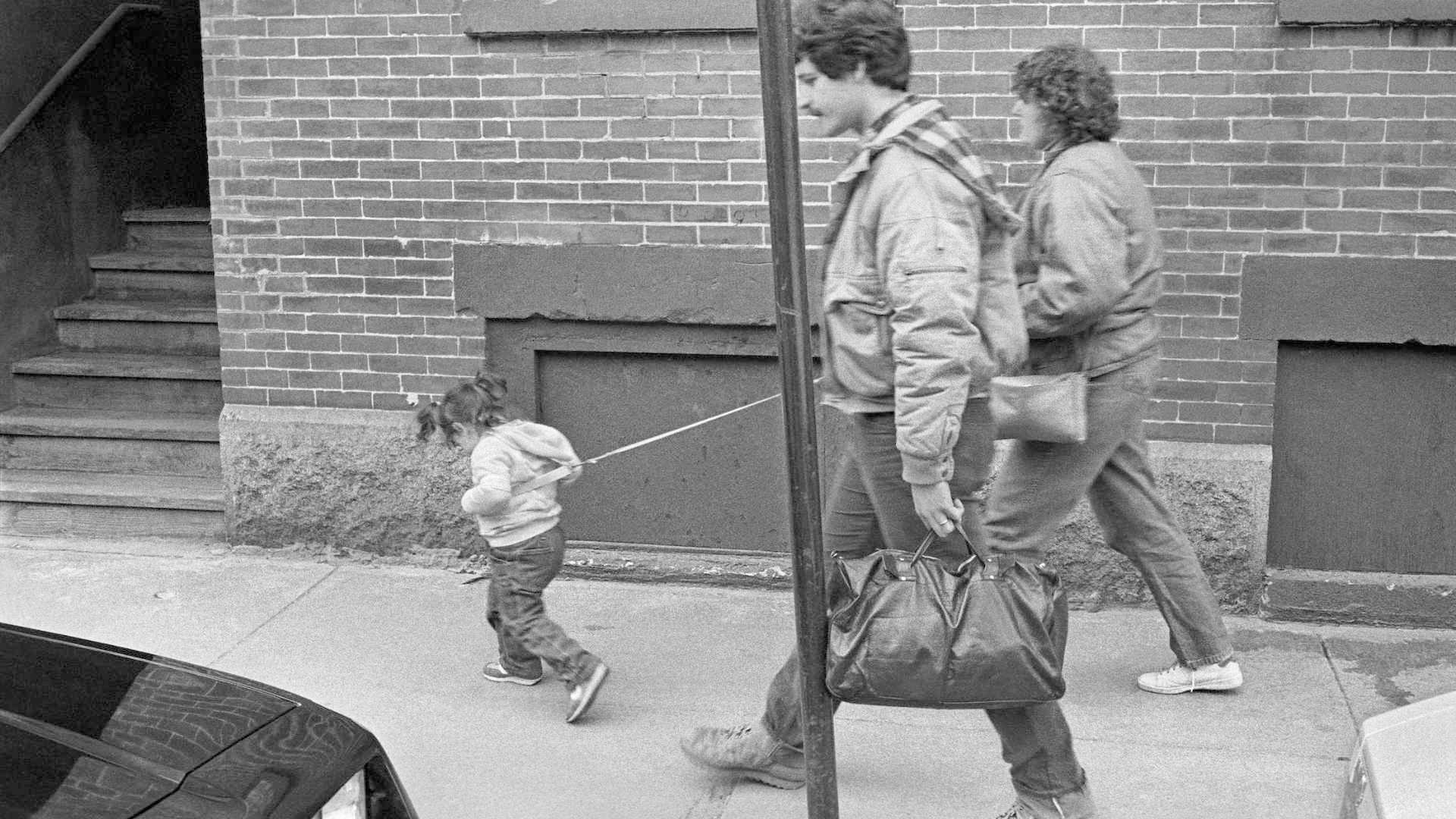What is the right equipment for a dog on a walk?
Every year we have a family tradition of visiting an amusement park. After a two-year covid break, this summer we went to Disneyland Paris. Every moment in the park felt magical. The castles, the rides and the food all brought the Disney experience from the screens to reality. While walking around the park I noticed a woman with a leash in her hand. The other end of the leash wasn’t a dog. The leash was attached to a backpack worn by her child.

My curiosity got the better of me as I stopped the lady to ask some questions.
“Hello, sorry for bothering you, but I would like to know why your leash is attached to your child,” I asked.
“Oh that’s alright,” she said in a Dutch accent. “My daughter gets too distracted and wanders off. The leash makes sure she doesn’t get lost.”
I thanked her and walked away, but I couldn’t stop thinking about the arrangement.
The similarities between a dog and a child
Just like the lady’s daughter wanders off to explore, so do our dogs. Our dogs are curious animals who explore by sniffing. Just like the daughter, we too want to keep our dogs safe. After all, that is the main purpose of any equipment we use during a walk – to keep our dogs safe.
Recommended Equipment
As the pet industry continues to rise, we are witnessing hundreds of brands and varieties in dog gear. We all are aware of the traditional leash and collar, but now we know enough to go beyond those.
For a happy walk, it is recommended to use a leash which is at least three metres long. A long leash gives our dog the freedom to explore, and gives us the option to ensure the dog is safe. It is a win-win for both us and our dog.
One of the key indicators of a good walk is the amount of time spent by the dog sniffing. Sniffing significantly lowers a dog’s heart rate and results in a calm and satisfied dog. In a study conducted on 61 dogs, Cristina and Aurelien Budzinski analysed the time spent sniffing when dogs are on different lengths of a leash. The duo took into consideration sniffing time when dogs are on a short leash, a long leash and unleashed. The results presented in the image below are proof that a long leash will ensure your dog enjoys the walk much more than when on a short leash.

Image credit: Cristina and aurelien Budzinski
Now we know that the length of the leash matters. But it is also important to know where to leash the dog. A well fitted harness is by far the safest option for the dog. Unlike the collar, the body harness ensures there is no pressure on the neck during the walk.

A dog on a H or a Y harness feels no pressure on his muscles or bones. Since there is no pressure, there is no pain, which makes the walk more enjoyable.
Summary
For your dog to have a safe and happy walk, we need to use the right equipment:
- A leash which is minimum 3 metres in length
- A well fitted body harness such as a H harness or a Y harness
References:
- You can read more about the study done by Cristina and Aurelien Budzinski on their facebook page here https://www.facebook.com/dogfieldstudy
- Book ‘My Dog Pulls. What do I do?’ by Turid Rugaas
Further readings
What is the hand signal?
A visit to South East Asia is a life-changing experience for most Europeans. The food, the culture, the people and the hustle is something which makes the vacation memorable. Mark was...
Should your dogs walk off-leash?
As humans, it is natural for us to try and be in control of things. Whether it is our work or our dogs, we like it when there is certainty. We don’t want to wake up in the morning and...
Collars vs Harness – What is the right choice for your dog’s walks?
Collars have become a part of every household with a dog. A young puppy is immediately put on a collar, and walking a dog on a collar has been normalised. Some dog trainers use collars...



